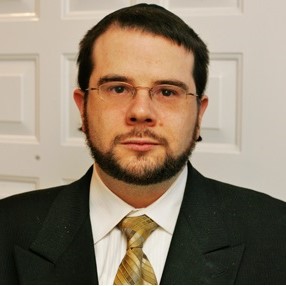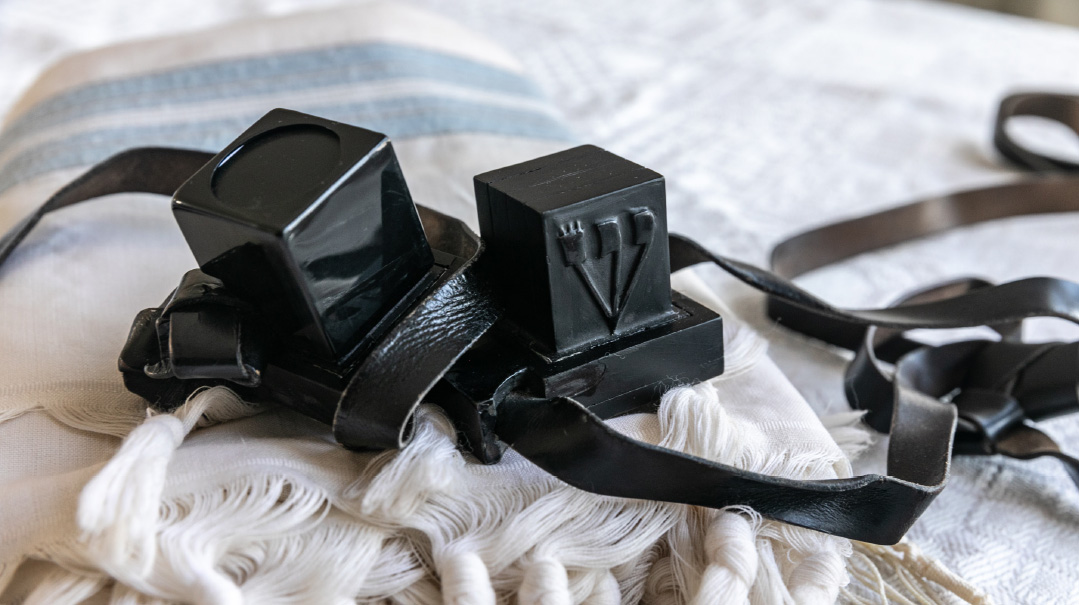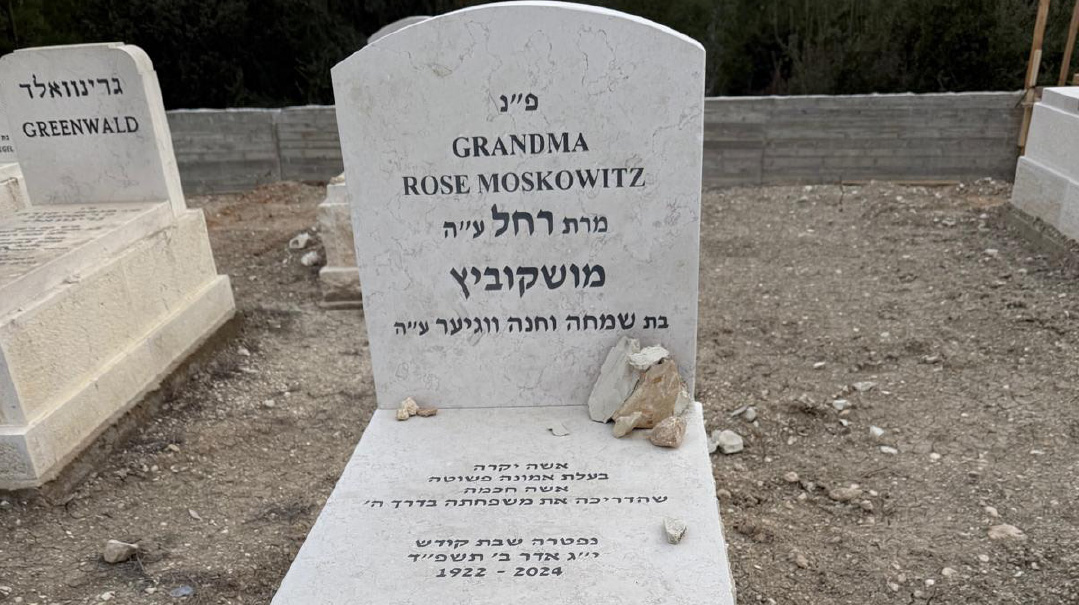A Familiar Vibrancy

My shul proves that large doesn’t necessarily have to mean impersonal
Khal Hisachdis Yireim Veretzky, colloquially known as Rav Landau’s Shul, was once described to me by Rabbi Nosson Scherman, of ArtScroll fame, as the “crossroads of Flatbush.” And that’s no exaggeration.
It has nearly round-the-clock minyanim, and for anyone who grew up — or attended yeshivah — anywhere within reasonable driving distance, it’s nearly statistically impossible not to meet somebody you know after entering its doors.
Regulars include prominent roshei yeshivah (often asked by total strangers before a minyan starts for hadrachah); rabbanim of note (who agree to pasken sh’eilos); askanim (being pestered about the latest communal goings-on but who, almost always, answer with a practiced smile); frum performers; and average balabatim.
Later into the evening, yeshivah bochurim — despite secluding themselves in out-of-the-way corners or in the balcony ezras nashim — can be overheard, before returning home or to their dorm rooms, discussing their dates. The good, the bad — and the “I’m sure she’s perfect for somebody else.”
That’s during the week. On Shabbos and Yom Tov, the shul transforms into an oversized shtibel. And if that sounds oxymoronic, it’s not. My shul proves that large doesn’t necessarily have to mean impersonal.
On Simchas Torah, our hakafos — leibedig, and drawing diverse participation — mirror the participants’ hashkafos. Shtreimels dance in circles of unity with srugis, beards with the clean-shaven, Ashkenazim with Sephardim.
And the dancing lasts till nearly 5 p.m., when we finally finish Mussaf. A few minutes later, in the basement beis medrash, we start Minchah. Those so inclined after the shul’s famed Simchas Torah kiddush must literally sprint home to begin their seudah (or merely “wash”) just in the nick of time, while they still can.
So it has been for decades.
For the past few years, however, the mass exodus from Flatbush to Lakewood has been visibly taking its toll. For many shuls — including mine — every year there are fewer and fewer people. That’s true on Shabbos, but particularly so on Yom Tov.
The young can’t afford to buy homes here. The seniors — now retired and often empty-nesters — either leave that nest to “fly” to Lakewood for Yom Tov, or have already sold their homes and moved there themselves. For the most part, in Flatbush a shul guest fearing he’s taking somebody’s makom kavua is definitely a thing of the past.
These changes really hit home this year on Simchas Torah morning. The noticeably diminished intensity was making my daughter Peshy, five, restless even before noon. Having so looked forward to Simchas Torah and not wanting to disappoint her, I asked her if she would like to go with me to Boro Park.
I was certain she would dismiss the idea out of hand. Instead, she was thrilled.
“Extra ‘Tatty time’ — great!” Peshy said with a big smile. And then she predicted, “We may even meet Uncle Moishy.” The children’s entertainer resides in Boro Park.
Peshy has been to Boro Park many a time. To her, it’s exotic. Chassidim in full regalia, signs in Lashon Kodesh, and a lingua franca that mixes Yiddish and Hebrew with English. Jews proudly being Jews in what is regarded as the largest — and nearly completely — Jewish community in America. And one might argue, even far beyond.
I had three shuls in mind to visit in Boro Park — all of them my former “stomping grounds.” However, I hadn’t left room for miscalculations.
Now, like any good tatty, I once regularly pushed my daughter in a stroller. I just did it from necessity. It never dawned on me how much doing so slows me down. After all, listening to Peshy’s questions and observations as the world zoomed by her, from a street-level perspective, was pure enjoyment. And it remained so even now.
In the end, we only made it to one shul: Karlin-Stolin. But what a shul! The vibrancy, warmth, geshmak! The sheer simchah was tangible — as were, literally, all the many handshakes I received.
I hadn’t visited Stolin in years, despite once being a mispallel and talmid of its beis medrash. It remains an absolutely amazing feeling to have so many people — including those I had thought of merely as acquaintances — tell you they’ve missed you and thought about you.
Beginning moments after my arrival, the shul’s parishioners began offering their kind words — almost all beginning with a warm “shalom aleichem” — upon making eye contact from their places in the Simchas Torah circles of unity. And these weren’t forced, dispassionate, or empty words. It was obvious they were heartfelt.
Peshy couldn’t believe the seemingly never-ending parade of well-wishers included her in their verbal hugs. One after another, they showered my Flatbush-raised daughter with attention, asking her questions and listening and commenting on her answers — zeidies and fathers engaging with a young girl.
Within earshot of many among the ad hoc greeting committee, Peshy said: “Tatty, you have sooo many friends. Now they’ll be my friends, too.”
To which they — and I — smiled.
Then one “committee member” bent over to whisper that I was blushing. Turned out he was right.
It’s an odd feeling to walk the streets of one’s former neighborhood at a different stage of life, especially when one has literally moved on. To see familiar faces, and realize they’re not the folks you initially had assumed, from a distance, they were — rather, their children. Doing the same things — going through the very same motions — that their parents did and likely still do. One becomes, if only temporarily, part of something past while living very much in the present. Yes, odd. But in a certain way, quite soothing, comforting.
Like my corner of Flatbush, Boro Park’s main thoroughfares are nearly empty on Simchas Torah. And that includes the seats on the city’s buses, which, without the need to make stops, are for once running on time.
But that’s more or less where the comparison ends. The sidewalks are anything but empty — the young proudly clutch their plush faux sifrei Torah and flags. Behind them, mothers (and I) do the same with our strollers. The feeling of Yom Tov in a community alive and determined is contagious, with each person reinforcing the other.
Walking from the outskirts of Boro Park to — and down — the 16th Ave. artery is like taking an express tour of Eastern Europe, pre-Holocaust. The sounds emanating from the shtiblach, in various accents — the songs, the smells wafting through the air. They give one a sense of nostalgia — even if one wasn’t alive to experience it the first time.
I moved from Boro Park nearly two decades ago. I came of age there. As I evolved, I felt I was increasingly chafing against the community’s culture and customs.
Perhaps it took a visit in search of the vibrancy I so miss — indeed, crave — to realize the truth. —
Binyamin L. Jolkovsky is editor in chief of the popular website JewishWorldReview.com A former contributing editor to the Forward, his work has appeared in, among others, the Jewish Observer, Wall Street Journal, New York Times, and Readers Digest.
(Originally featured in Mishpacha, Issue 783)
Oops! We could not locate your form.






